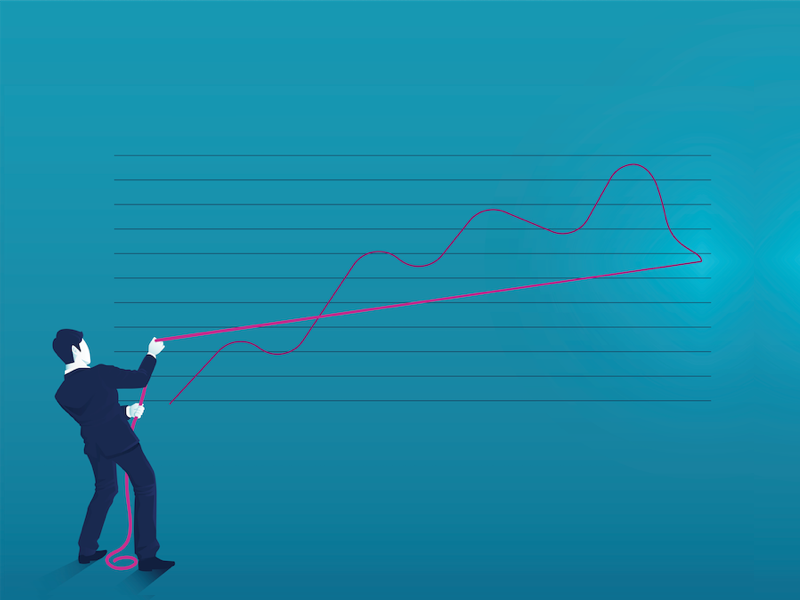
Canada’s annual inflation rate rose to 3.3% in July, and economists warn the latest consumer price index report spells bad news for the Bank of Canada.
The uptick in price growth comes after inflation tumbled to 2.8% in June, falling within the Bank of Canada’s target range of 1-3% for the first time since March 2021.
“There’s no sense sugar coating this one — it is not a good report for the Bank of Canada,” said BMO chief economist Douglas Porter in a note to clients.
Inflation ticked up last month because gasoline prices fell less dramatically on a year-over-year basis than they did in June, Statistics Canada said.
After a significant run-up in energy prices prompted by the Russian invasion of Ukraine, lower gasoline prices have largely driven the decline in inflation over the last year.
Now, other underlying price pressures need to ease for inflation to fall further. Porter notes gasoline prices are on pace to rise by 5% in August.
The latest report has raised the odds of a rate hike next month, according to forecasters, despite other signs of economic softening, including rising unemployment.
And while Porter still expects the Bank of Canada to stay on the sidelines, he says “the inflation figures will make it a tougher call.”
As it gears up for its next interest rate decision slated for Sept. 6, the central bank will be paying particular attention to core measures of inflation.
RSM Canada economist Tu Nguyen says these figures help economists understand how quickly prices are rising across the economy, while excluding things that are more volatile.
“Those numbers are going down very, very slowly, but they’re trending in the right direction. And that’s what the bank is going to base its interest rate decision on,” Nguyen said.
The Bank of Canada’s core measures of inflation ticked down slightly last month, while inflation excluding energy prices also slowed to 4.2%, down from 4.4% in June.
Nguyen says she expects slowing core inflation and signs of a weaker economy to convince the Bank of Canada to hold its key interest rate steady.
“Even though these numbers might be a little bit unsettling and uncomfortable, they’re not entirely unexpected. And the bank obviously expects some volatility [before] going back to 2%,” Nguyen said.
The Bank of Canada expects inflation to hover around 3% over the next year before steadily declining to 2% by mid-2025.
This longer trajectory back to the inflation target prompted the central bank to raise interest rates again in July, bringing its key rate to 5%.
Meanwhile, Canadians are still seeing grocery prices soar. Grocery prices in July were up 8.5% from a year ago, slower than June’s 9.1%.
Statistics Canada said that’s largely due to smaller price increases for fruit and bakery goods.
Prices for travel-related services also slowed or declined compared to a year ago. Airfare, for example, was down 12.7% since July 2022.
The rapid rise in interest rates has fed into higher mortgage interest costs, which Statistics Canada says continue to be the largest contributor to inflation.
Mortgage interest costs posted another record year-over-year increase in July, rising by 30.6%.
The central bank is hoping households facing higher shelter costs due to rising interest rates pull back on spending elsewhere and thereby slow inflation.